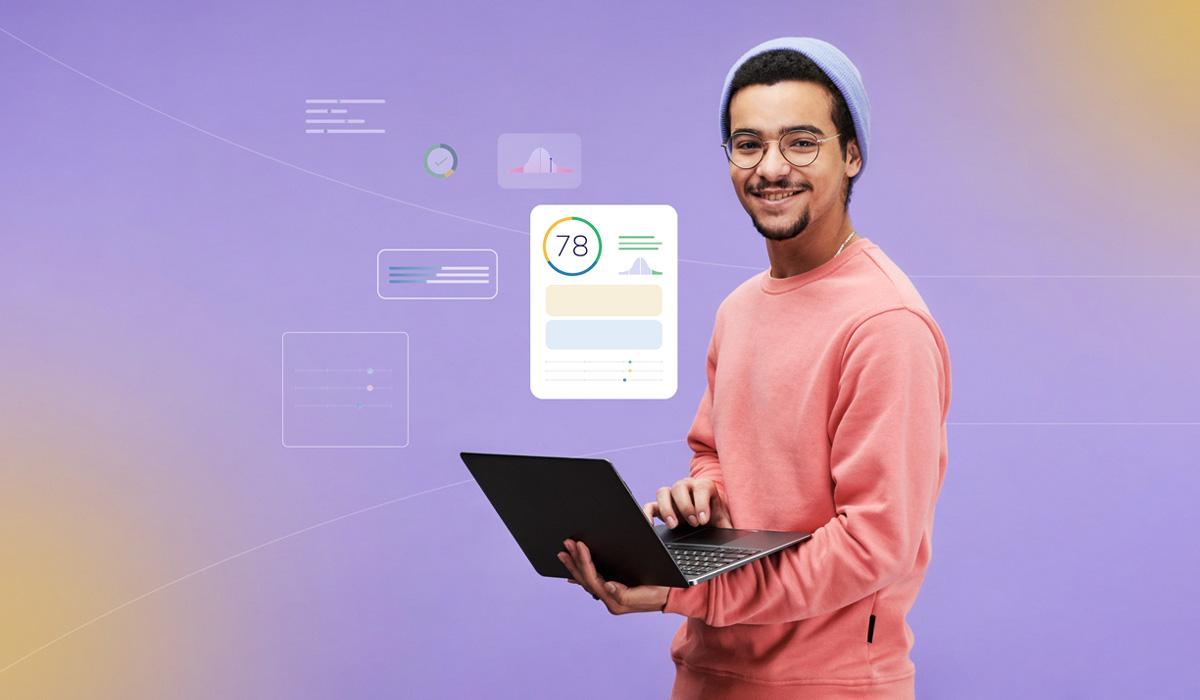A decade ago we didn’t have Facebook, Twitter or YouTube. So how has that effected the workforce?
Now there are occupations centered on social media marketing. Ten years before that we didn’t have smart phones. Now our society is virtually dependent on them. Technology is advancing at a rapid pace, and things that we never imagined were possible, we can no longer live without.
What skills are most important for tomorrow’s workforce?
When I think about the skills that are going to be most important for tomorrow’s workforce, a couple of things come to mind. First of all, tomorrow’s workforce- the student workforce- is going to have to be technology proficient, and I don’t mean just computer literacy—really that’s not going to cut it in the future. People will really need to be experts in every aspect of technology.
The second thing that comes to mind is that tomorrow’s workforce is going to demand more of an independent worker. The traditional work day and the workplace are changing. The employees in the future are going to need to be more independent and have the ability to collaborate from a remote environment.
How do you think the demands of the workforce will change over the next ten years?
Over the next ten years I really expect significant changes in the workforce. Some of them are more obvious than others, including the increase in the job forecast around green jobs. Certainly there are going to be a number of different green job opportunities that become more and more available and that certainly impact the future.
Some of the other areas are maybe a little bit less obvious. Let’s take leadership for example. Leadership styles are going to have to change because you have a younger population that really has a very different value basis than the aging population. To be an effective leader within the workforce, we really need to develop new strategies to become more effective in serving this younger population.
Some of the other changes include the increase in competition and what I mean by that is the older or the aging population now is staying employed for a longer period of time. There are a number of things that are causing folks to stay in jobs longer—people are living longer, tougher economic times—and what this is going to create is an increase in competition with younger and older folks competing for the same jobs.
And then finally, I read an article the other day that referenced some very interesting research that talked about how women’s role at the leadership level is going to be increasing in the future. In general, women tend to be less competitive, better consensus builders and better collaborators. Those are traits that are going to be very much needed to lead the population that I talked about earlier, in the future.
What can educators do to make sure students are better prepared?
In the future I think educators can really do a lot to make sure students are prepared for the workforce. We talked about some skills earlier around computer proficiency and better independent working skills. But really, schools need to think about what the future holds, they need to talk about it and they need to align their curriculum to support it. Those schools who are able to be more forward looking are the ones who are going to have the most success in the future.






